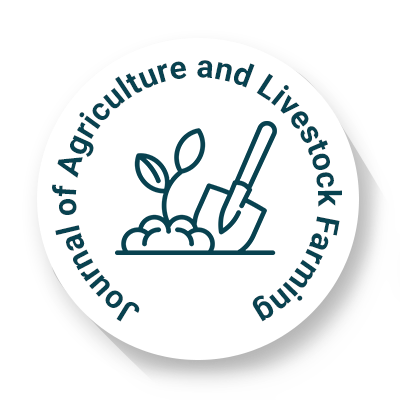
Journal of Agriculture and Livestock Farming
OPEN ACCESS

OPEN ACCESS

Hidden hunger, or micronutrient deficiency, remains a pervasive and insidious challenge afflicting over half of the global population. It is a formidable barrier to the well-being of communities worldwide, threatening their health and prosperity. In this comprehensive review, we delve into the realm of biofortification, a sustainable solution with the potential to ameliorate this pressing issue and enhance the overall quality of food. Biofortification is the practice of enhancing the nutrient content of crops by integrating vital vitamins and minerals into their genetic makeup. The focus of our analysis primarily revolves around nutrients such as vitamin A (retinol), iron (Fe), lysine, tryptophan, zinc (Zn) and others that are essential for daily human functioning. The review meticulously examines the current scientific literature, revealing the far-reaching implications of biofortification in combatting malnutrition and hidden hunger. Furthermore, this study underscores the importance of integrating biofortified crop varieties into agricultural systems. A multitude of recommendations and future prospects, delineated by various authors, are meticulously organized and categorized, serving as a foundation for new research directions and strategies aimed at enhancing crop biofortification. These strategies are of paramount importance, as they strive to address the monumental challenge of combining nutrient density with high crop yields and profitability, a task that has proven to be exceptionally intricate for plant breeders. A key emphasis is placed on encouraging policymakers and stakeholders to consider biofortification as a pivotal component in their efforts to reduce micronutrient deficiencies. Investments in developing countries, aimed at promoting the adoption and consumption of biofortified crop varieties, are vital steps toward achieving this objective. According to the Consultative Group of International Agricultural Research, there is an urgent need to enhance the genetic potential of staple crops, fortify their nutrient content, and foster their widespread adoption.